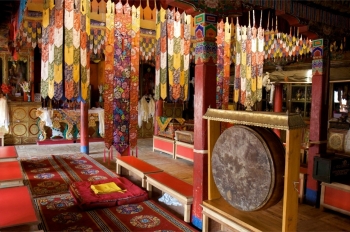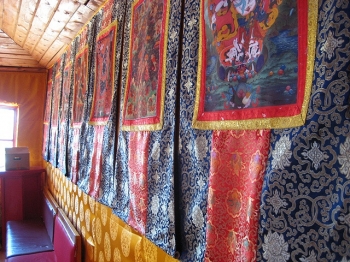Among the Buddhist cultures that are in dire need of preservation, two names stand out amongst the snows and deserts of Eurasia: snow-capped Tibet and sandswept Mongolia. The National Library of Mongolia is a repository of these two priceless heritages that have been brutally suppressed by the extremes of Modernist ideology. Now modern Buddhism owes a moral debt to Mongolian and Tibetan Buddhism to help digitize and preserve for posterity the sacred texts that define its self-understanding and human heritage.
This matter of preserving cultural heritage is not an option reserved only for esoterically-minded conservationists, art aficionados, or scholars. It is something that any sincere Buddhist owes to two ancient Asian cultures. After the 20th century's Modernist neurosis (which is not any specific ideology but more of a state of mind that condemned anything that did not speak to modern politics), it would surely be a priceless contribution on part of the Buddhist community to give something back to two foundational cultures that shaped its religion.

















